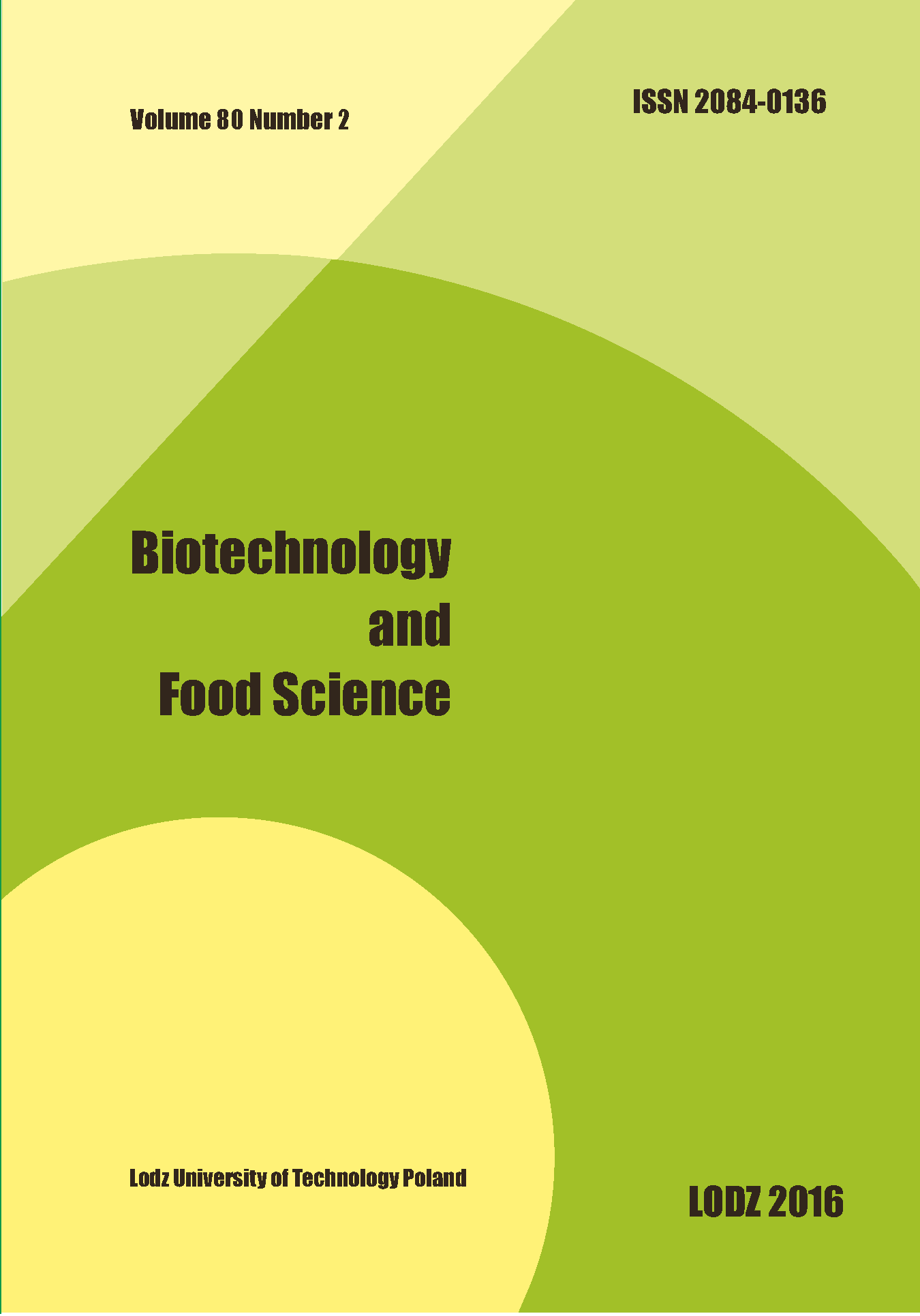Abstract
Biogas is produced by the biological processes of anaerobic methane fermentation. It is a mixture of methane, carbon dioxide and trace amounts of other gases. By-products of the sugar industry are an efficient source of agricultural biogas. Sugar beet pulp and waste mass plant is characterized by a high content of dry matter and organic dry. The purpose of this article was to develop the economic analysis for biogas plant working at sugar factory and to show the energy balances and material and then calculated the main economic indicators such as Cash Flow (CF), Net Present Value (NPV), Internal Rate of Return (IRR) and Discounted Payback Period (DPP). It was found that the biogas plant operating at a sugar factory can be a profitable investment and DPP amounted to 8 years. However, these results are estimates and in reality they may changed.
References
Czyżyk F, Strzelczyk M. Rational utilization of production residues generated in agri-food. Arch Waste Manag Environ Prot 2015, 17:99-106.
Spagnuolo M, Crecchio C, Pizzigallo M.D.R, Ruggiero P. Synergistic effects of cellulolytic and pectinolytic enzymes in degrading sugar beet pulp. Bioresour Technol 1997, 60:215-222.
Brooks L, Parravicini V, Svardal K, Kroiss H, Prendl L. Biogas from sugar beet press pulp as substitute of fossil fuel in sugar beet factories. Water Sci Technol 2008, 58:1497-1504.
Demirel B, Scherer P. The roles of acetotrophic and hydrogenotrophic methanogens during anaerobic conversion of biomass to methane: A review. Rev Environ Sci Biotechnol 2008, 7:173-190.
Zheng Y, Zhao J, Xu F, Li Y. Pretreatment of lignocellulosic biomass for enhanced biogas production. Prog Energy Combust Sci 2014, 42:35-53.
Kwaśny J, Banach M, Kowalski Z. Przegląd technologii produkcji biogazu różnego pochodzenia. Chem - czasopismo techniczne 2012, 17:83-102.
Schattauer A, Weiland P. Opis wybranych podłoży. Biogaz produkcja wykorzystywanie. Institut für Energetik und Umwelt gGmbH, 2005, 109-124.
Romaniuk W, Domasiewicz T. Substraty dla biogazowni rolniczych. Hortpress Sp.z o.o. Warszawa, 2014, 20-15.
Curkowski A, Oniszk-Popławska A. Surowce do produkcji biogazu – uproszczona metoda obliczenia wydajności biogazowni rolniczej. Czysta energ 2010, 1:25-27.
Cukrowski A, Mroczkowski P, Oniszk-Popławska A, Wiśniewski G. Biogaz rolniczy –produkcja i wykorzystywanie. Maz Agencja Energ Sp. z o.o., Warszawa, 2009, 17-46.
Skrzypek J. Biznesplan – model najlepszych praktyk. Poltext sp. z.o.o., Warszawa, 2012, 186-192.
Ogrodwczyk D. Projekt instalacji pracującej w układzie energii skojarzonej zasilanej biogazem. Master's thesis made at the institute of general food chemistry, Lodz University of Technology, 2015, 62-61.
Information of the President of the energy regulatory office no. 12/2015 on the average selling price of electricity on the competitive market for the year 2014. Online: http://www.ure.gov.pl/pl/stanowiska, were reviewed 20.08.2015.
Information of the President of the energy regulatory office no. 22/2014 on the unit substitution fee for cogeneration in force in 2015.
Online: http://www.ure.gov.pl/pl/stanowiska, were reviewed 20.08.2015.

